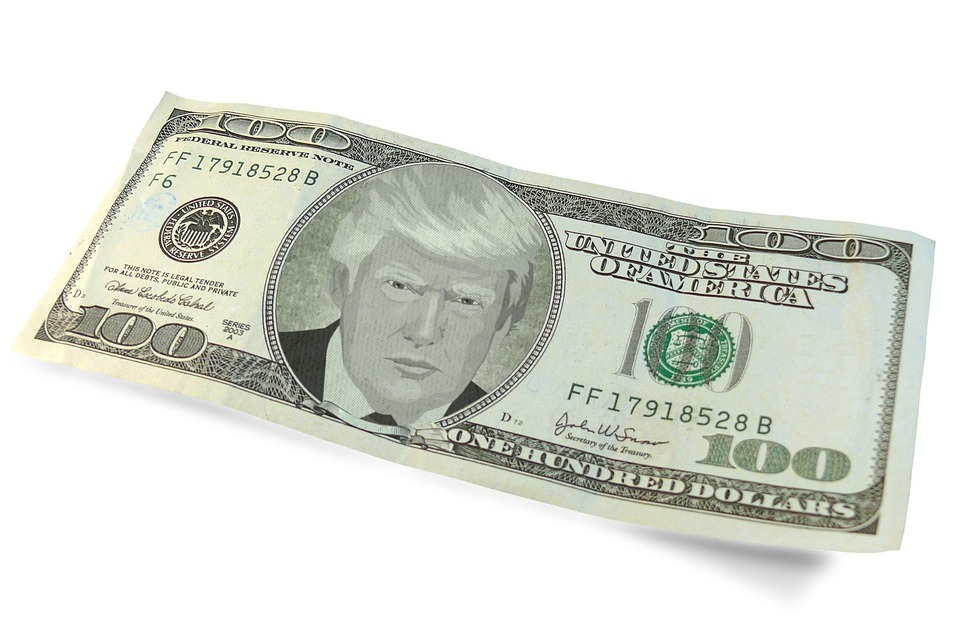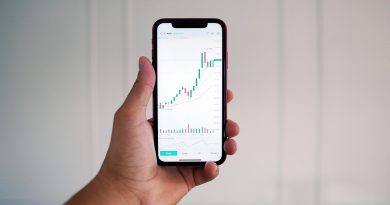Stable and Rewarding: The Dividend ETFs You Shouldn’t Miss This Year
Stable and Rewarding: The Dividend ETFs You Shouldn’t Miss This Year
As global markets continue to navigate economic uncertainties, investors are increasingly seeking stability and reliable income sources. Dividend Exchange-Traded Funds (ETFs) have emerged as a popular investment choice, offering both growth potential and regular income payments. For those looking to enhance their portfolios, here are some dividend ETFs that shouldn’t be missed this year.
Why Invest in Dividend ETFs?
Before diving into specific funds, it’s essential to understand the appeal of dividend ETFs:
- Regular Income: Dividend ETFs pay out a portion of their earnings to shareholders, providing a steady stream of income.
- Diversification: These funds invest in a variety of companies across sectors, reducing risk through diversification.
- Compounding Growth: Reinvested dividends can lead to significant long-term gains through the power of compounding.
- Inflation Hedge: Many dividend-paying companies grow their dividends over time, helping investors keep pace with inflation.
Top Dividend ETFs to Consider
1. Vanguard Dividend Appreciation ETF (VIG)
- Overview: VIG focuses on companies that have a strong record of increasing dividends year over year.
- Expense Ratio: 0.06%, making it one of the most cost-effective options available.
- Performance: Historically, VIG has outperformed many of its peers due to its focus on high-quality companies.
2. Schwab U.S. Dividend Equity ETF (SCHD)
- Overview: SCHD targets U.S. companies with high dividend yields and strong fundamentals.
- Expense Ratio: 0.06%, which is competitive among dividend-focused funds.
- Key Features: The ETF selects stocks based on sustainability and quality metrics, leading to a diversified portfolio.
3. iShares Select Dividend ETF (DVY)
- Overview: DVY invests in high dividend-yielding U.S. stocks, particularly in sectors like utilities and consumer goods.
- Expense Ratio: 0.39%, higher than some alternatives but justified by its robust yield.
- Attraction: DVY is ideal for those seeking higher current income, with a focus on mid-to-large cap stocks.
4. SPDR S&P Dividend ETF (SDY)
- Overview: SDY focuses on S&P 1500 companies that consistently increase dividends for at least 20 consecutive years.
- Expense Ratio: 0.35%, offering a balanced approach between cost and dividend yield.
- Strength: Its long-standing commitment to dividend growth makes SDY a reliable choice for conservative investors.
5. Invesco S&P 500 High Dividend Low Volatility ETF (SPHD)
- Overview: SPHD selects 50 high-yielding stocks from the S&P 500 with lower volatility, making it suitable for risk-averse investors.
- Expense Ratio: 0.30%, a fair cost for its unique focus on stability and yield.
- Investor Appeal: This ETF is particularly attractive in uncertain market environments, providing income while aiming to minimize price fluctuations.
Considerations for Investing
While dividend ETFs can be a solid investment choice, it’s crucial to consider the following before diving in:
- Market Conditions: The performance of dividend stocks can be influenced by interest rate changes. Rising rates may negatively affect high-yield stocks.
- Economic Cycles: Dividend payment stability can vary during economic downturns; not all companies can maintain dividends in tough times.
- Tax Implications: Depending on your tax situation, dividend income may be taxed at a higher rate than capital gains.
Conclusion
Dividend ETFs remain a cornerstone for investors seeking both income stability and potential appreciation. By focusing on quality funds like Vanguard Dividend Appreciation ETF, Schwab U.S. Dividend Equity ETF, and others mentioned above, you can craft a portfolio that offers a blend of stability, income, and growth.
With the right selection, these funds can enhance your investment strategy and help you weather economic uncertainties while enjoying the rewards of dividend income. As always, doing thorough research and aligning investments with your financial goals is essential. Happy investing!






